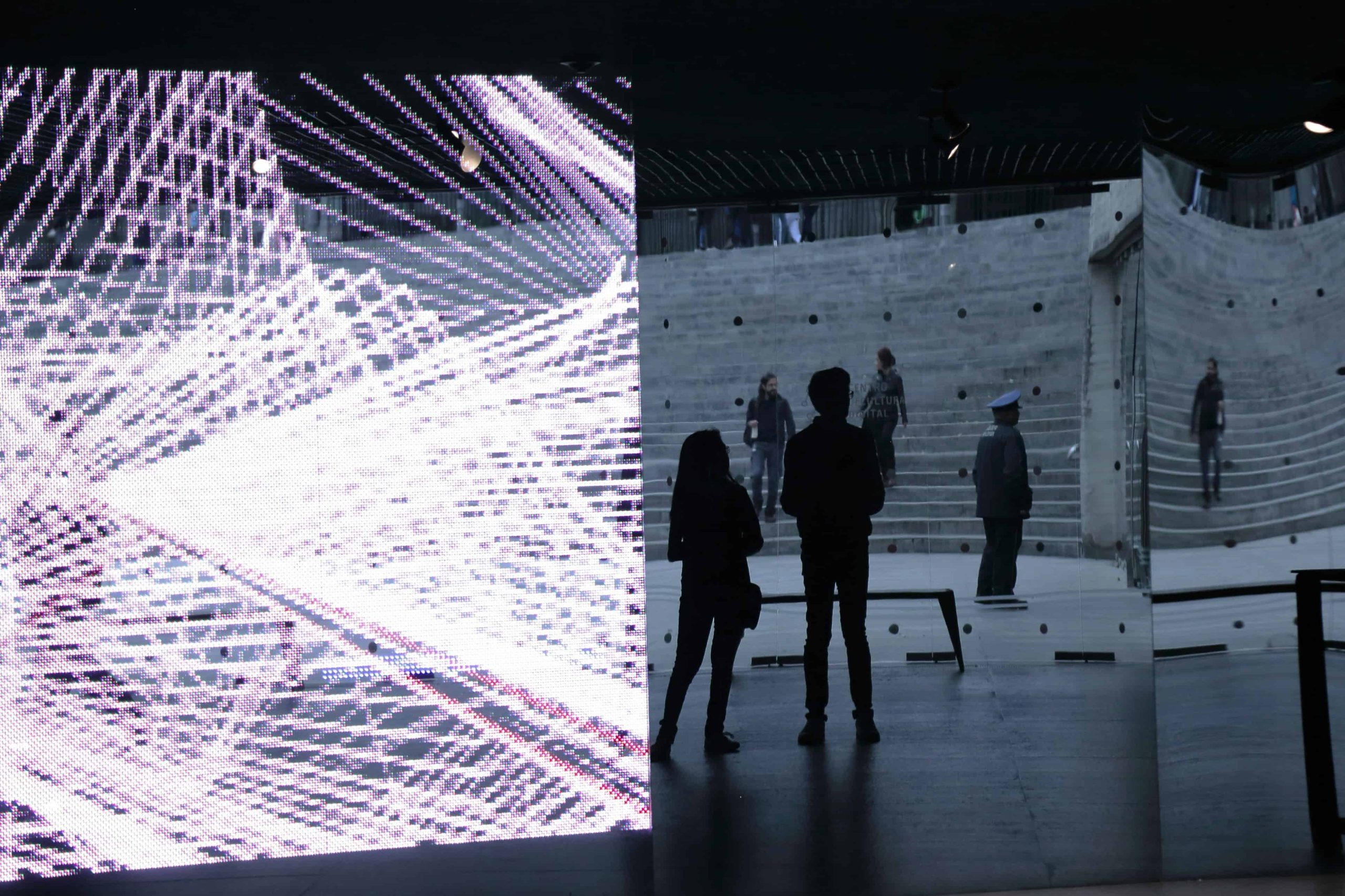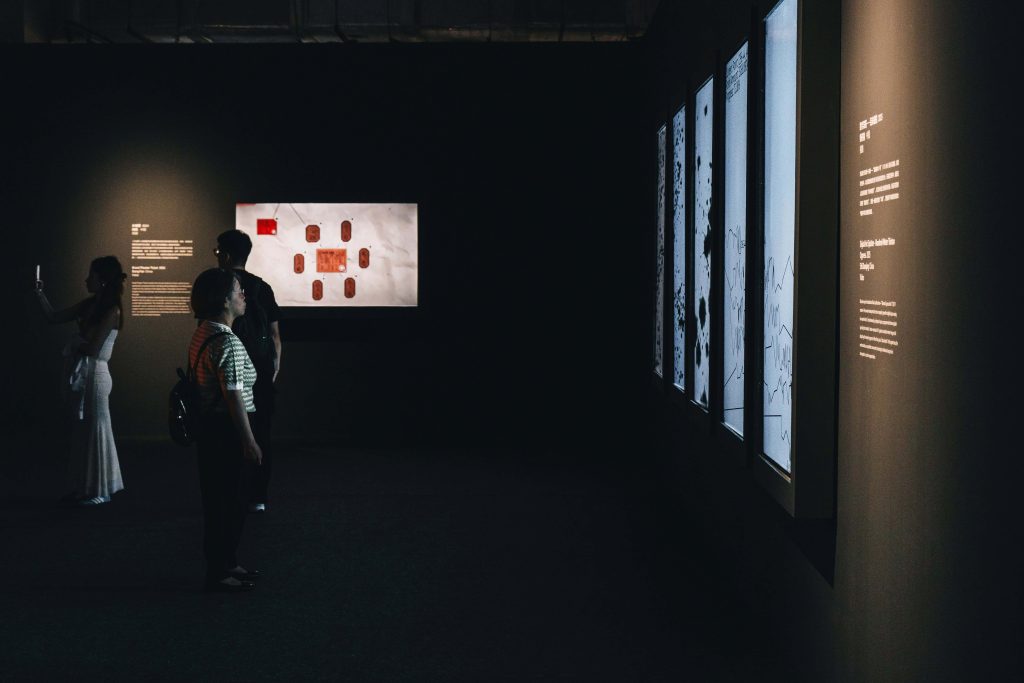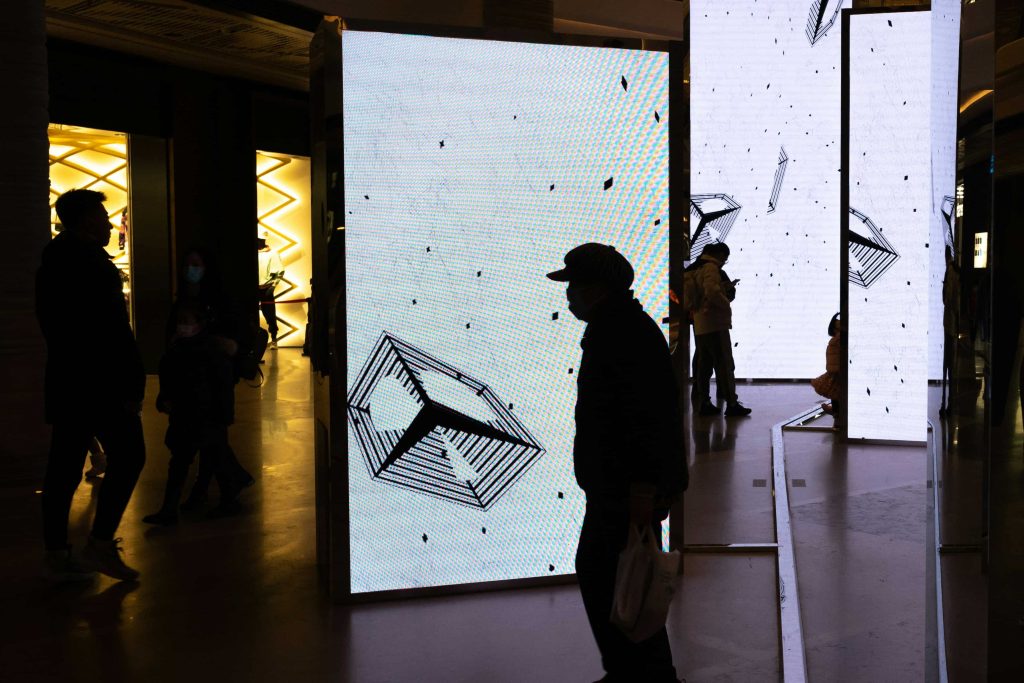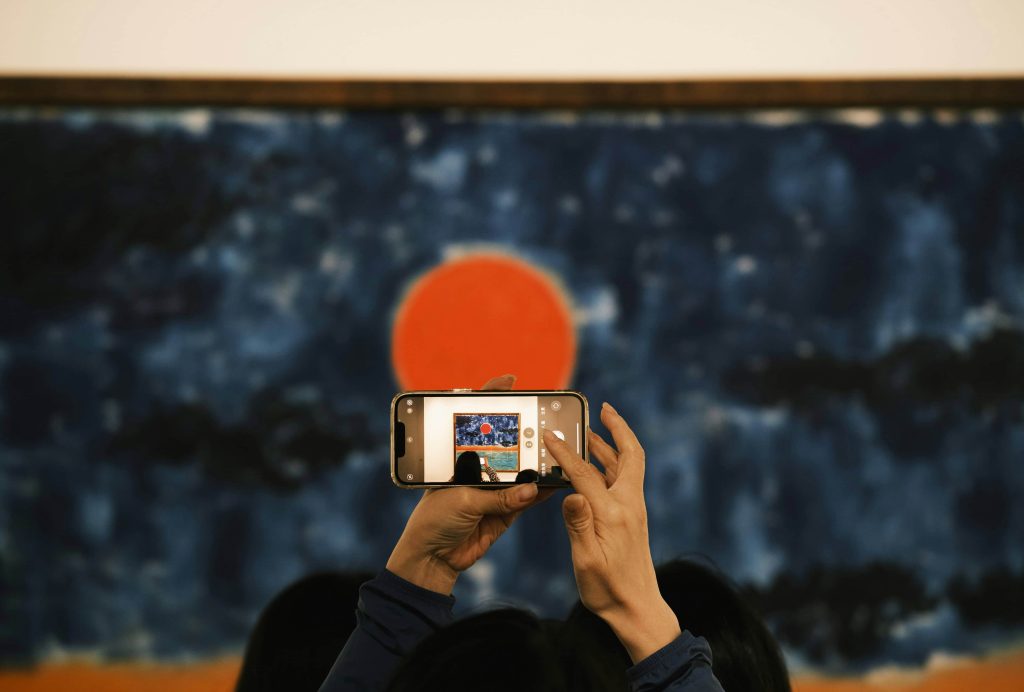
30 Jun How Digital Art Exhibitions Are Transforming Education and Creativity
Introduction to Educational Opportunities in Digital Art Shows
Digital art exhibitions represent a transformative convergence of technology and creativity. They are curated displays of artwork that utilize digital media—including video, animation, virtual reality, augmented reality, and interactive installations—to present visual narratives. Unlike traditional gallery exhibitions, digital art exhibitions are often immersive, dynamic, and technologically sophisticated, providing visitors with a new way of experiencing and understanding art.
These exhibitions hold significant educational value by exposing audiences to innovative forms of expression, expanding the definition of artistic literacy, and offering hands-on engagement with the tools and processes of digital creation. They are not confined to passive viewing; rather, they foster active learning by encouraging exploration, experimentation, and reflection.
This article explores how digital art exhibitions provide unique and diverse educational opportunities, breaking conventional boundaries and appealing to a wide range of learners. From enhancing technological literacy to promoting interdisciplinary learning, digital art exhibitions are shaping a new model for arts education in the 21st century.
Accessibility and Inclusivity
Digital art exhibitions have revolutionized accessibility in the arts by removing many of the traditional barriers associated with museum and gallery attendance. Through online platforms and virtual reality tours, geographic limitations are eliminated, allowing individuals from all corners of the world to explore curated digital content. This democratization of art access is further enhanced by the affordability of many digital exhibitions, which are often free or offered at a low cost, making them accessible to wider audiences regardless of economic background.
Physical accessibility is also greatly improved through digital innovations. Features like audio descriptions, screen reader compatibility, and interactive digital guides make it easier for individuals with disabilities to engage with the artwork meaningfully. These platforms provide inclusive experiences that cater to various needs, ensuring that more people can participate in and learn from digital art exhibitions.
Moreover, digital art platforms are adept at engaging a broad spectrum of audiences. Younger generations, who are native to digital environments, find the interactive and multimedia-rich nature of these exhibitions particularly appealing. At the same time, individuals with limited prior exposure to the art world can find a more approachable entry point through digital content. This inclusive approach not only widens participation but also contributes to a more diverse and representative art community.
Technological Literacy and Innovation
One of the standout educational benefits of digital art exhibitions is their ability to enhance technological literacy. Visitors are exposed to cutting-edge tools and platforms used in digital art production, such as graphic design software, 3D modeling tools, and virtual reality systems. Many exhibitions provide behind-the-scenes insights or live demonstrations of how digital artworks are created, offering valuable learning experiences that demystify the artistic process.
These exhibitions also introduce audiences to innovative forms of digital media. Immersive installations using VR and AR provide experiences that engage multiple senses, fostering a deeper emotional and cognitive connection with the content. Generative art—created with algorithms or artificial intelligence—challenges traditional notions of authorship and creativity, prompting viewers to rethink what art can be. Interactive installations further invite audiences to become co-creators, blurring the lines between artist and observer.
In addition to presenting new forms of art, digital exhibitions can inspire the next generation of innovators. By showcasing the creative potential of technology, they encourage visitors—especially students and aspiring creators—to experiment with digital tools and consider careers in fields like animation, game design, and multimedia storytelling. These experiences cultivate creative problem-solving and critical thinking skills that are essential in today’s digital economy.
Interdisciplinary Learning
Digital art exhibitions serve as fertile ground for interdisciplinary learning, particularly at the intersection of art and science. For example, data visualization projects transform complex scientific information into visually compelling narratives, making abstract concepts more accessible. Similarly, bio-art incorporates biological processes and scientific imaging into artistic practice, encouraging audiences to explore ethical questions and scientific inquiry through an artistic lens.
The convergence of art and technology is another powerful theme in digital exhibitions. Many installations incorporate engineering principles, such as kinetic sculptures or responsive environments, which function based on physical or digital inputs. Coding and programming are also prominently featured, not only as tools for creation but as languages of artistic expression. This interplay fosters design thinking, a problem-solving approach that emphasizes empathy, ideation, and iteration, which is highly valuable across various industries.
Furthermore, digital art exhibitions often delve into humanities-based themes and social commentary. They provide platforms for discussing complex societal issues like climate change, identity politics, and global inequality through immersive storytelling and symbolic imagery. Virtual spaces also allow for rich cultural representation, giving marginalized voices a place to be heard and celebrated in global conversations. These multidisciplinary elements make digital art exhibitions a dynamic educational resource for exploring the human experience from multiple perspectives.
Critical Thinking and Visual Literacy
Digital art exhibitions play a crucial role in developing critical thinking and visual literacy skills. As digital media becomes increasingly prevalent, understanding its visual language is essential. These exhibitions encourage audiences to analyze how visual elements—such as color, composition, and movement—are used in digital formats to convey meaning. They also prompt discussions about the authenticity and manipulation of images, raising awareness of how digital tools can alter perception.
Moreover, digital art often engages directly with contemporary issues. Themes such as privacy, surveillance, identity, and globalization are frequently explored, prompting viewers to consider ethical implications and societal impact. By confronting these topics through digital narratives, exhibitions encourage nuanced interpretation and deeper engagement with pressing global concerns.
Audience participation is another key component of digital art exhibitions. Many installations are designed to respond to user input, whether through motion sensors, voice commands, or interactive interfaces. This active participation transforms viewers into collaborators, fostering a deeper personal investment in the art. Opportunities for feedback and co-creation further enhance learning by promoting dialogue and critical reflection, moving beyond the traditional model of passive art consumption.
Professional Development and Skill Building
For students and professionals alike, digital art exhibitions offer a wide range of opportunities for professional development and skill building. Many exhibitions host workshops and masterclasses led by experienced artists and technologists. These sessions provide hands-on training in industry-standard software, conceptual development for digital projects, and personalized portfolio development, helping participants refine their artistic voice and technical abilities.
Networking and collaboration are also central to the digital art ecosystem. Exhibitions often serve as hubs where artists, curators, educators, and technologists come together, fostering interdisciplinary partnerships and collaborative projects. These connections can lead to new creative ventures and help participants stay informed about trends and developments in digital art and media.
Career exploration is another important educational aspect of digital art exhibitions. They provide insights into various roles within the digital creative sector, including animation, game design, UX/UI design, and digital storytelling. Mentorship opportunities—whether formal through programs or informal through community engagement—further support emerging talent by providing guidance, feedback, and career advice from experienced professionals. By fostering these pathways, digital art exhibitions play a key role in shaping the next generation of creative industry leaders.
Conclusion
Digital art exhibitions offer a wide array of educational opportunities that extend far beyond traditional art appreciation. They break down barriers to accessibility, enhance technological and visual literacy, promote interdisciplinary exploration, and support professional growth. These exhibitions invite audiences of all ages and backgrounds to engage with art in interactive and meaningful ways, transforming how we learn and think about creativity.
As digital technologies continue to evolve, so too does the landscape of arts education. Digital art exhibitions are at the forefront of this evolution, offering new frameworks for learning that are inclusive, immersive, and impactful. By embracing the potential of digital media, educators, artists, and institutions can unlock transformative experiences that prepare individuals for both the creative and technological challenges of the future.
Ultimately, digital art exhibitions serve as powerful educational platforms that inspire curiosity, innovation, and critical engagement—making them indispensable in shaping the future of arts and culture in a digital age.
Key Takeaways
- Revolutionizing Arts Education: Digital art exhibitions blend technology and creativity to create immersive, interactive learning experiences. They encourage active participation, exploration, and reflection, reshaping how people engage with art.
- Expanding Access and Inclusion: Online platforms and digital tools make art more accessible across geographic, economic, and physical barriers. Features like audio descriptions and interactive guides ensure inclusivity for diverse audiences.
- Building Tech Skills and Creativity: Exhibitions introduce visitors to tools like VR, AR, and AI, enhancing technological literacy. By showcasing innovative digital art forms, they inspire interest in fields such as animation, game design, and multimedia.
- Encouraging Interdisciplinary Learning: Digital art connects with science, engineering, and social issues through data visualization, bio-art, and coding. This fosters critical thinking, creativity, and design thinking across multiple fields.
- Developing Visual Literacy and Critical Thinking: Exhibitions help viewers interpret digital media and understand complex topics like identity, surveillance, and ethics. Interactive elements promote deeper engagement and personal connection with the art.
- Supporting Career and Skill Development: Workshops, masterclasses, and networking opportunities help participants build portfolios, learn industry tools, and explore career paths in the digital creative sector.
FAQs
How do digital art exhibitions enhance learning and creativity in education?
Digital art exhibitions promote active learning by combining technology and creativity. They engage students through immersive visuals, interactive tools, and hands-on experiences with digital media, encouraging exploration, critical thinking, and artistic expression across disciplines such as science, design, and social studies.
What makes digital art exhibitions more accessible and inclusive than traditional galleries?
Digital exhibitions break down physical, geographic, and financial barriers by offering online access, VR tours, and assistive technologies like audio guides and screen readers. This inclusivity allows diverse audiences, including people with disabilities or limited art exposure, to participate and learn meaningfully.
Can digital art exhibitions help with professional development in creative industries?
Yes, many digital exhibitions offer workshops, portfolio reviews, and networking opportunities that teach practical skills like 3D design, animation, and coding. These experiences help emerging artists and students explore career paths, collaborate with industry experts, and build confidence in digital creative fields.
Understand the critical role that art curators play in shaping cultural narratives, influencing how societies perceive one another, and using visual storytelling to build trust and understanding across cultural divides.




